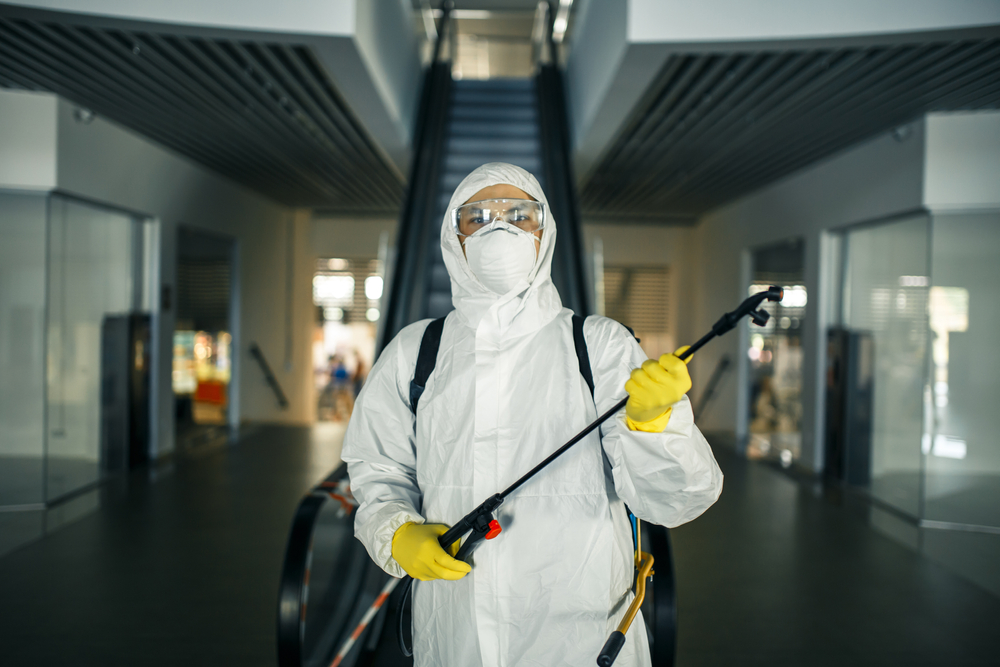
Mold prevention after a flood is very important. Florida is known for its picturesque landscapes and vibrant communities and is also no stranger to the challenges posed by hurricanes and floods. As a business owner in the Sunshine State, it’s crucial to be prepared for the aftermath of these natural disasters, particularly when it comes to preventing mold growth in commercial spaces. In this blog post, we’ll explore effective strategies to protect your business from the silent threat of mold after a flood.
Mold prevention after a flood: Understanding the Mold Menace
Before delving into prevention strategies, let’s understand the gravity of the situation. Mold, a type of fungus, thrives in damp and humid conditions. Floodwaters create an ideal environment for mold spores to take root and spread rapidly. Mold not only poses health risks but can also cause significant damage to structures and assets within your business premises.
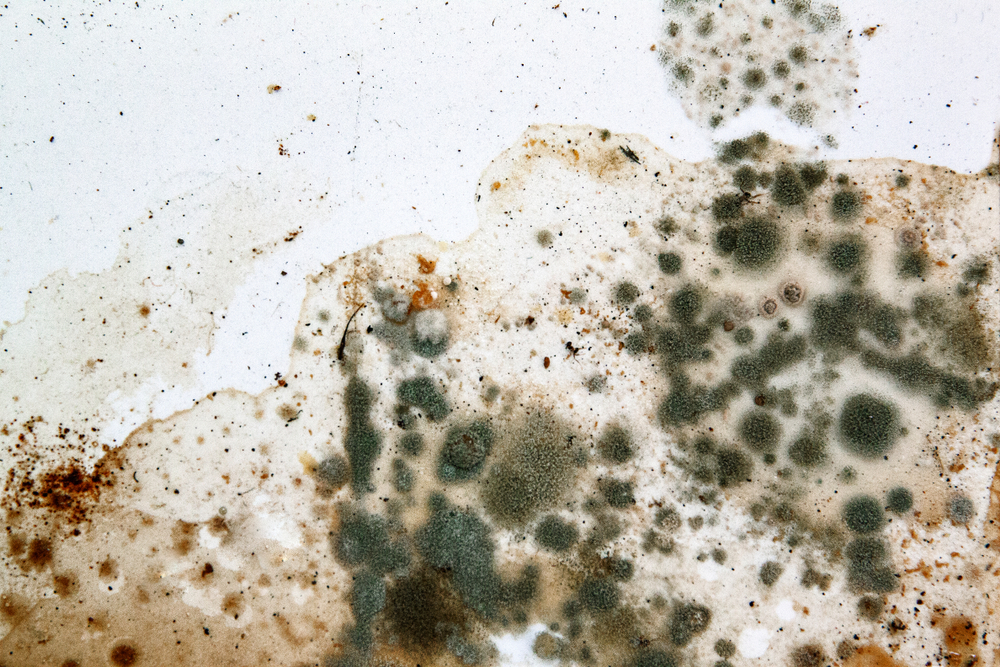
The Immediate Actions: Post-Flood Cleanup
1. Act Swiftly with Cleanup Operations
In the immediate aftermath of a flood, prompt cleanup is paramount. Engage professional cleanup services to remove standing water, mud, and debris. Thoroughly dry affected areas using industrial-grade equipment to minimize the risk of mold colonization.
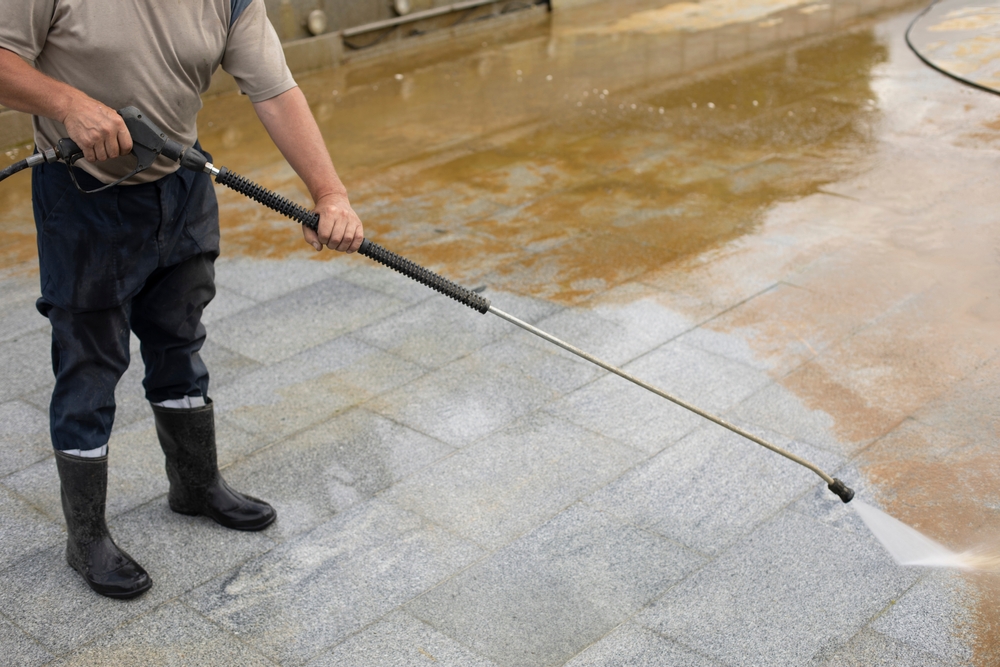
2. Ensure Proper Ventilation
Allowing fresh air to circulate through your business space is crucial. Use fans and open windows to facilitate drying and prevent the accumulation of excess moisture. Ventilation is an effective first line of defense against mold growth.
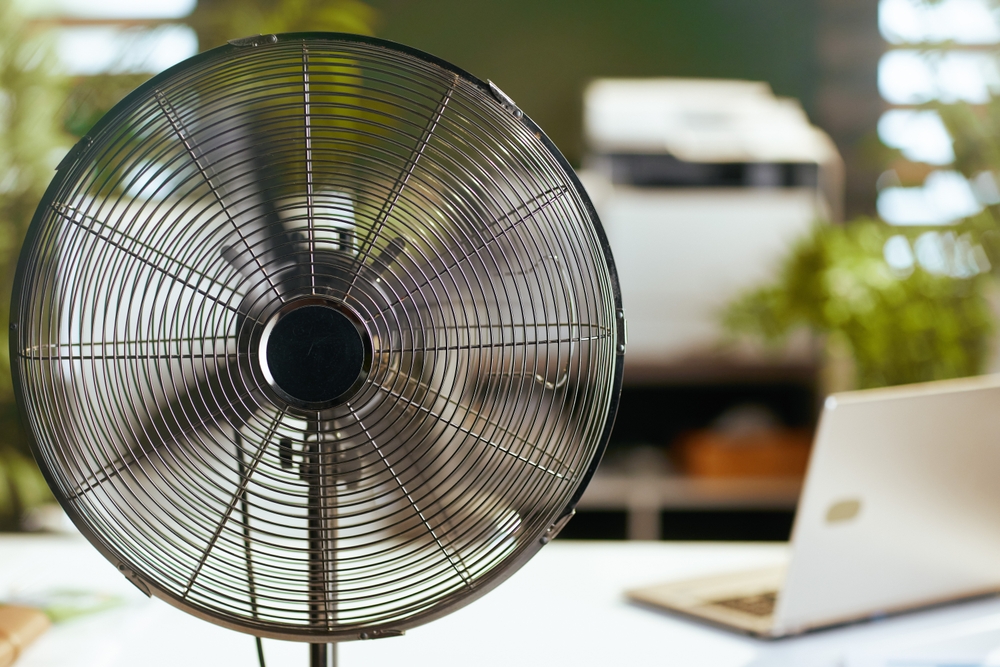
3. Dispose of Contaminated Materials
Dispose of waterlogged and contaminated materials promptly. This includes carpets, drywall, and any porous materials that can harbor mold. Proper disposal is essential to prevent the spread of mold spores.
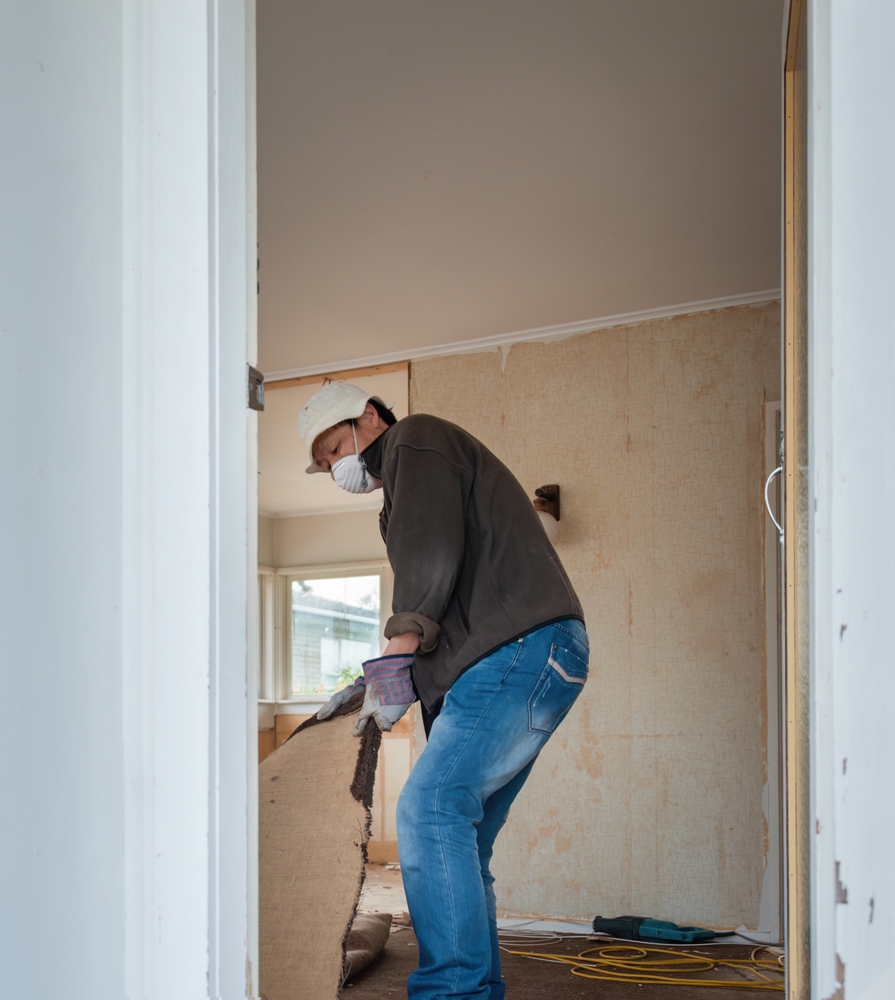
Mold-Resistant Building Materials
Invest in Mold-Resistant Paints and Coatings
Upgrade your business space with mold-resistant paints and coatings. These materials contain antimicrobial agents that inhibit mold growth. Applying these coatings to walls and ceilings can provide long-term protection.
Consider Moisture-Resistant Drywall
Moisture-resistant drywall is designed to withstand exposure to water without becoming a breeding ground for mold. Consider using this type of drywall in areas prone to moisture, such as basements and bathrooms.
Humidity Control Measures
Install Dehumidifiers
Controlling indoor humidity is crucial in preventing mold growth. Invest in commercial-grade dehumidifiers to maintain humidity levels below 60%. This significantly reduces the likelihood of mold colonization.
Regular HVAC Maintenance
Ensure that your heating, ventilation, and air conditioning (HVAC) system is well-maintained. Regular inspections and cleaning of HVAC components prevent the buildup of mold in ducts and filters.
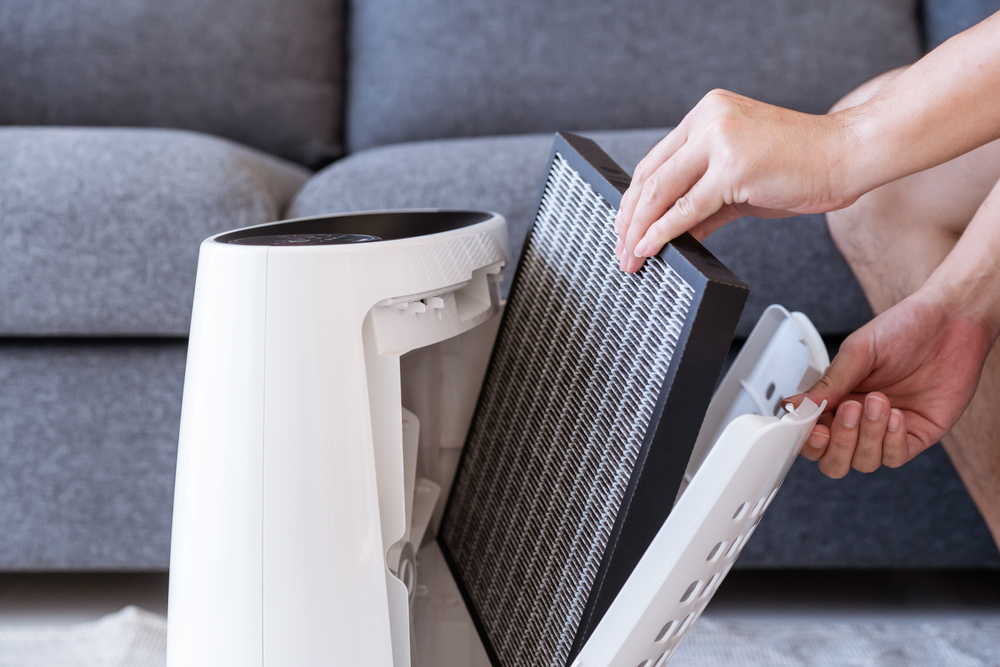
Employee Training and Awareness
Educate Employees on Mold Prevention
Empower your employees with knowledge about mold prevention after a flood. Conduct training sessions on recognizing early signs of mold, reporting concerns, and maintaining a clean and dry work environment.
Establish Protocols for Water Incidents
Develop clear protocols for employees to follow in the event of water incidents, whether from leaks or flooding. Quick response and adherence to established procedures can mitigate the risk of mold growth.
Seeking Professional Assistance
Consult with Mold Remediation Experts
Incorporate the expertise of mold remediation professionals into your disaster recovery plan. Regular consultations with these experts can help identify potential problem areas and implement preventive measures proactively.
Regular Mold Inspections
Schedule regular mold inspections for your business premises, especially if they have a history of flooding. Mold prevention after a flood also relies on early detection of mold, allowing for swift intervention and preventing widespread contamination. If you suspect your business has mold issues, don’t hesitate to call ETA!
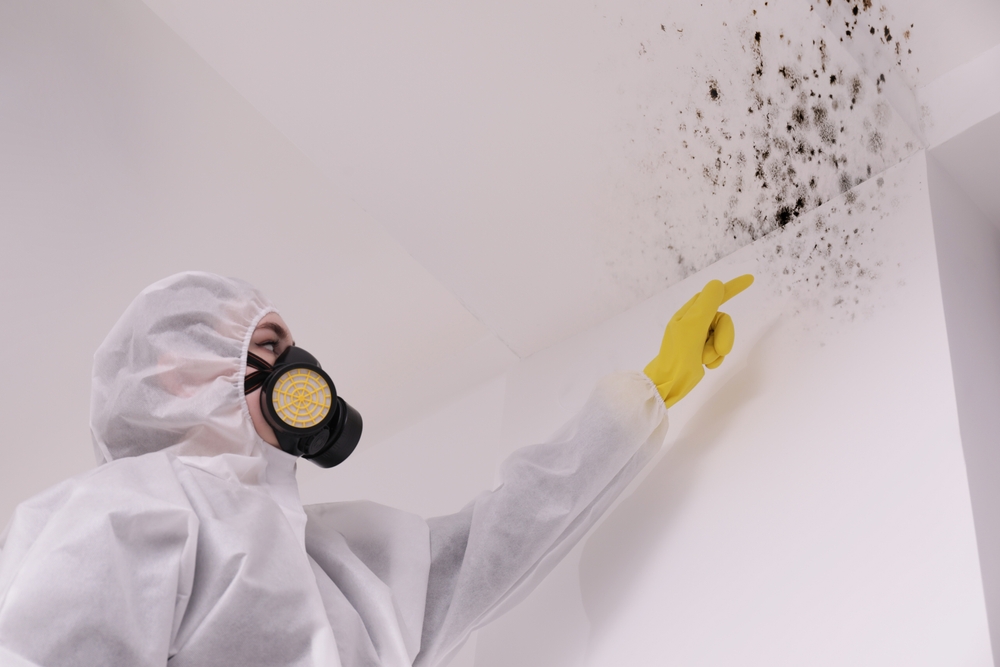
Conclusion
mold prevention after a flood, in the face of natural disasters, your business’s well-being hinges on proactive measures. From immediate cleanup operations to long-term investments in mold-resistant materials, each step plays a crucial role in safeguarding your commercial space. By combining these strategies and staying vigilant, you can weather the storm and protect your business from the lingering threat of mold after a flood.
Remember, the key to success lies in preparedness and a commitment to maintaining a mold-free environment. Stay dry, stay informed, and let your business thrive amidst the challenges of nature.

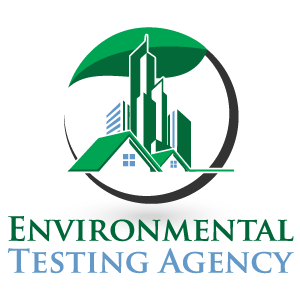
How can businesses educate their employees about mold prevention measures and create a proactive approach to safeguarding the workplace? Greeting : Telkom University
Hello Telkom University,
Thank you for your insightful comment! Educating employees about mold prevention measures is crucial for maintaining a healthy workplace. Here are a few strategies that businesses can employ:
Training Programs: Develop comprehensive training programs that cover the basics of mold prevention, the importance of early detection, and the steps employees can take to contribute to a mold-free environment.
Communication: Regularly communicate with employees about the risks associated with mold and the importance of maintaining a clean and dry workspace. Encourage an open dialogue for reporting any concerns promptly.
Visual Aids: Utilize visual aids such as posters, infographics, and emails to reinforce key mold prevention measures. These materials can serve as constant reminders for employees to remain vigilant.
Regular Inspections: Implement a routine inspection schedule to identify and address potential mold issues promptly. This proactive approach helps prevent the development of larger problems.
Collaboration: Foster a collaborative environment where employees feel comfortable sharing their observations and concerns regarding potential mold issues. This collective effort enhances the overall effectiveness of mold prevention measures.
By combining these strategies, businesses can create a proactive approach to safeguarding the workplace against mold. If you have any further insights or questions, feel free to share them!
Best regards,
ETA Mold Team.